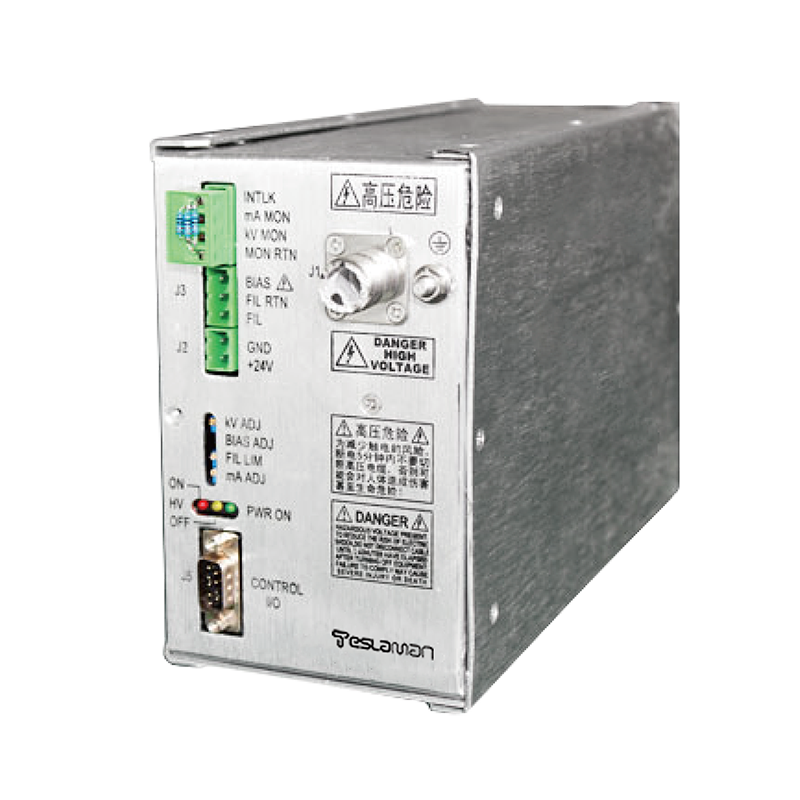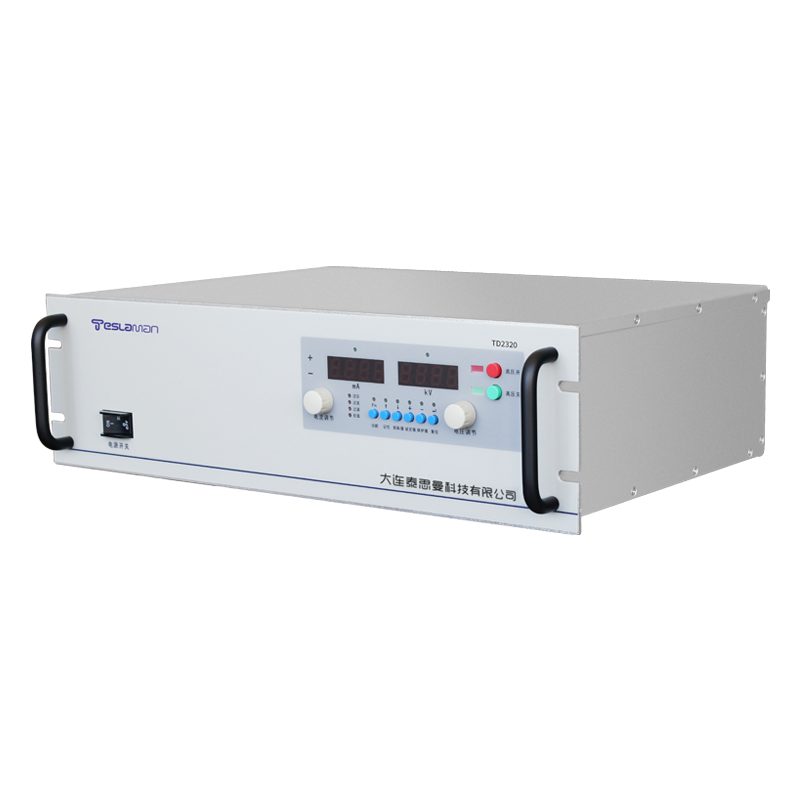A Simple Analysis of the Improvement of the Quality Resolution of High-Voltage Power Supplies
In numerous electronic devices and scientific research fields, high-voltage power supplies play a crucial and vital role. And the quality resolution, as one of the key indicators for measuring the performance of high-voltage power supplies, its improvement has a profound impact on the precise operation of devices and the accuracy of scientific research results.
The quality resolution of high-voltage power supplies is mainly reflected in the stability and accuracy of the output voltage. In some application scenarios with extremely high requirements for voltage, such as high-precision mass spectrometers, electron microscopes and other equipment, tiny voltage fluctuations may lead to deviations in measurement results. Therefore, improving the quality resolution of high-voltage power supplies has become an urgent problem to be solved.
Firstly, from the perspective of circuit design, optimizing the feedback control system of the power supply is the key to improving the quality resolution. An efficient feedback system can monitor the output voltage in real time and make prompt adjustments to ensure the stability of the voltage. By using high-precision sensors and fast-response controllers, the voltage fluctuations can be effectively reduced. In addition, rationally arranging the circuit components and reducing the influence of electromagnetic interference also contribute to improving the stability of the power supply.
Secondly, the filtering link of the power supply also plays an important role in improving the quality resolution. The filter circuit can remove the high-frequency noise and ripples in the power supply output, making the output voltage smoother. Using high-quality filter capacitors and inductors, as well as optimizing the parameter design of the filter circuit, can effectively improve the filtering effect, thus improving the quality resolution of the high-voltage power supply.
Furthermore, the thermal design of the power supply cannot be ignored. Excessively high temperature will affect the performance of the components inside the power supply, resulting in unstable output voltage. Therefore, a reasonable thermal design can ensure that the power supply operates within the normal working temperature range, thereby improving the quality resolution. Heat sinks, fans and other cooling measures can be adopted to ensure the heat dissipation effect of the power supply.
Finally, in the manufacturing process, strict quality control and testing are also important guarantees for improving the quality resolution of high-voltage power supplies. By strictly controlling each production link and comprehensively testing the performance of the finished products, potential problems can be found and solved in a timely manner, ensuring the quality of the high-voltage power supply.
In conclusion, improving the quality resolution of high-voltage power supplies requires starting from multiple aspects such as circuit design, filtering link, thermal design, and quality control. Only through continuous optimization and improvement can the growing demand for high-precision applications be met.




















